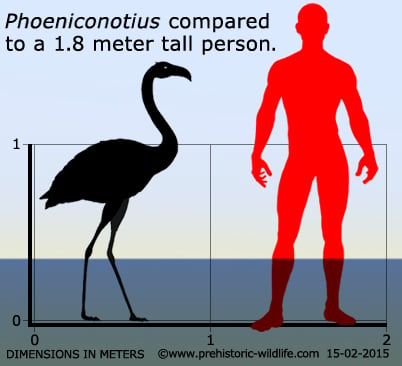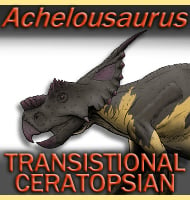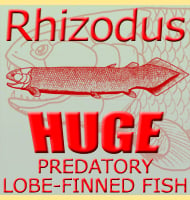In Depth
Phoeniconotius seems to have been a large flamingo that once lived along the shorelines of saline lakes and lagoons. Some parts of Phoeniconotius such as the skull and legs are not fully known, but the parts which have been studied have indicated a similarity to the genus Megapaloelodus, revealing that Phoeniconotius was at least comparable in size to the average for this genus. Unfortunately because the head of Phoeniconotius is unknown, we do not know for certain if Phoeniconotius filtered out smaller aquatic organisms, or if members of the genus focused more upon catching slightly larger organisms such as fish. Phoeniconotius seems to have gone extinct long before the first people arrived in Australia, perhaps being driven to extinction by the inland habitats of Australia becoming more arid, resulting in large bodies of water drying up and disappearing.
Further Reading
- The fossil flamingoes of Australia. - The Condor 65(4), pp289-299. - Aiden H. Miller - 1963.










